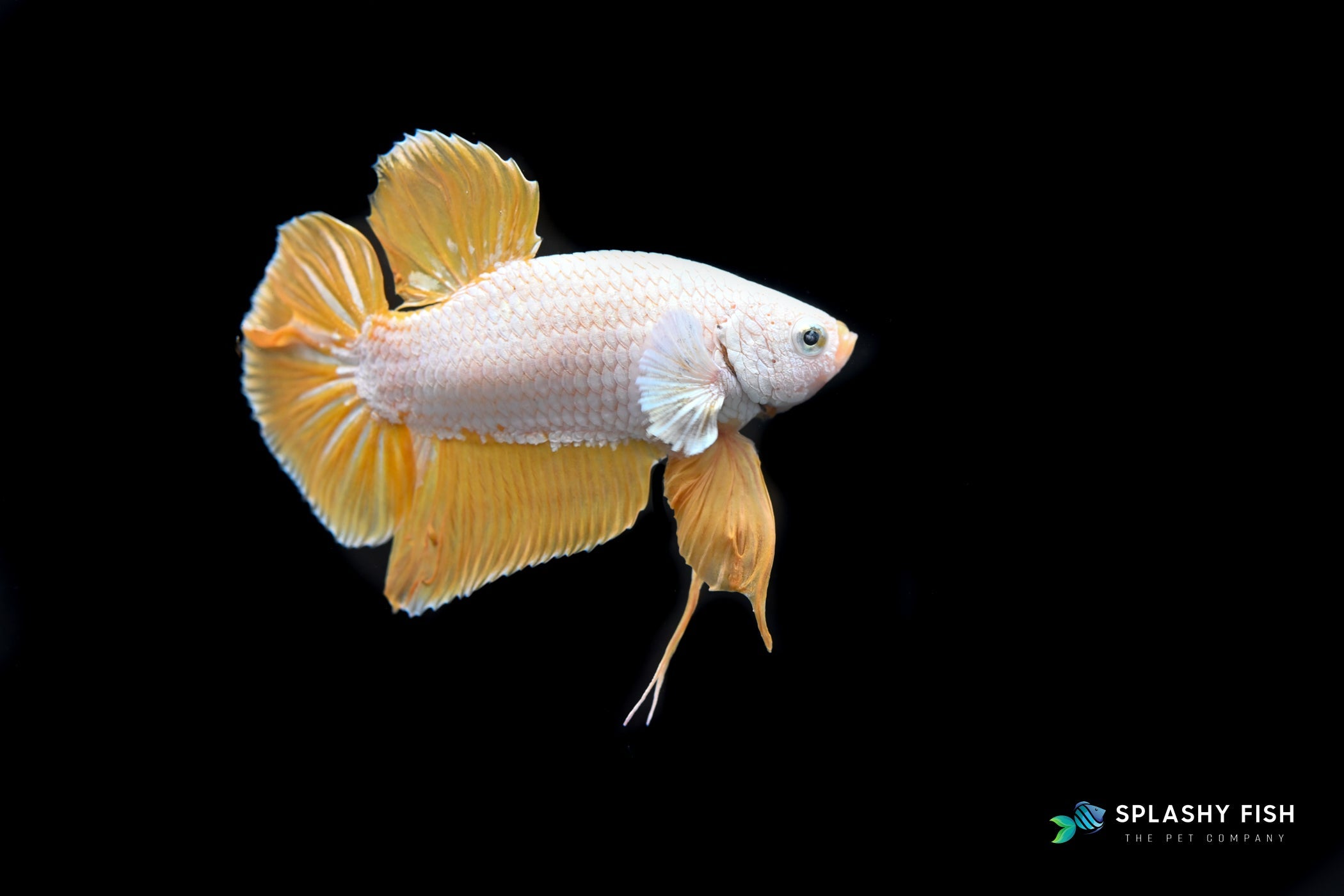Table of Contents
Aquatic plants provide a range of benefits to their environment, from oxygen production and water filtration to providing food and habitat for fish and other aquatic life. As such, cultivating aquatic plants can be a rewarding and beneficial experience.
However, proper care must be taken to ensure the health and growth of these plants. This article will discuss the general principles for cultivating aquatic plants, including selecting the right plants, providing the right environment, and ensuring proper maintenance.
Cultivating Aquatic Plants
Aquatic plants have adapted to living in aquatic environments. They are often found in freshwater habitats such as ponds, lakes, rivers, and wetlands, as well as in marine environments such as estuaries and saltwater marshes. Aquatic plants play a vital role in the health and balance of aquatic ecosystems, providing food and habitat for many aquatic species.
Cultivating aquatic plants is an enjoyable and rewarding hobby and can also be a great way to improve the water quality of your pond or aquarium. Aquatic plants are easy to care for, and with the right knowledge and equipment, you can create an attractive, healthy ecosystem.
When cultivating live aquatic plants, it is important to understand the needs of each species. Some plants require direct sunlight, while others only tolerate low light levels. Because of this, it's important to research the requirements of the species you're interested in cultivating before you begin.
In addition, it's important to ensure the aquatic plants have enough space to spread out and grow. If the plants are overcrowded, they won't be able to reach their full potential.
Selecting the Right Aquatic Plants for Cultivation
When selecting aquatic plants, there are a few things to remember. First, consider the aquarium's size. Different plants require different amounts of space, so you'll want to select plants that fit in the tank. It would help if you also thought about the lighting in your aquarium. Different plants require different light levels, so you may need to invest in special lighting for some plants.
Once you know the size and lighting requirements of the plants you'd like to add, you'll need to consider their growth habits. Some plants grow quickly and can quickly outgrow an aquarium, while others may be slow-growing and never reach their full height.
You'll also want to consider their root system. Some plants have deep roots that can easily clog filters, while others have shallow roots and are less likely to cause problems.
Finally, you'll need to consider your aquarium's overall look and feel. Certain plants are more colorful than others, while some are less noticeable. You'll want to ensure you're selecting plants that look good in your aquarium and provide the right balance of color and texture.
Maintaining Aquatic Plants for Cultivation
Maintaining aquatic plants for cultivation can be a daunting task for some gardeners. Many are intimidated by the prospect of dealing with aquatic plants, as they can be delicate and require special care. However, with some basic knowledge and simple tips, keeping your aquatic plants healthy and thriving is possible.
The first step in maintaining aquatic plants is to ensure they receive the right light. Aquatic plants need light to photosynthesize and produce the energy they need to grow. However, too much light can damage plants, so it is important to strike a balance. If you are cultivating your plants indoors, use a grow light to provide the right amount of light.
The next step is to ensure adequate water circulation. Aquatic plants need a steady flow of oxygen-rich water to thrive. You can achieve this by using a pump or an aerator to circulate the water. This will also help remove any built-up toxins in the water, which can harm the plants.
In addition to light and water circulation, you should provide your aquatic plants with the correct nutrients. Many aquatic plants are heavy feeders, meaning they require more nutrients than other types of plants. You can either add these nutrients yourself or purchase aquatic fertilizers from a garden center.
Conclusion
Cultivating aquatic plants can be an enjoyable and rewarding experience. The key to success is to understand the general principles of aquatic plant cultivation and to follow them. Aquatic plants need a good substrate to provide nutrients, aquarium light, and CO2 and support their roots. You may also need aquarium supplies to promote proper growth.
Lastly, regular maintenance, such as pruning and fertilizing, can help to keep the plants in optimal health and promote growth. By following these general principles, anyone can become an aquatic plant enthusiast and enjoy the beauty of these unique plants.
Splashy Fish Store strives to provide you with the highest quality, the most sustainable live freshwater fish, freshwater shrimp, aquatic plants, and premium fish food, the highest quality aquarium supply, and fish supplies to keep your friends healthy. Get live aquatic plants from us!



























